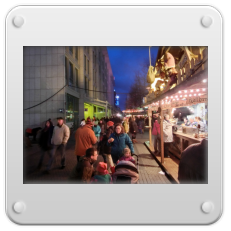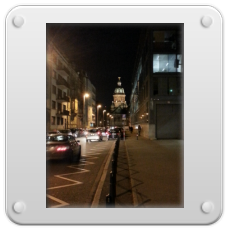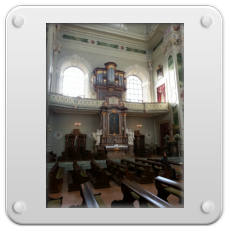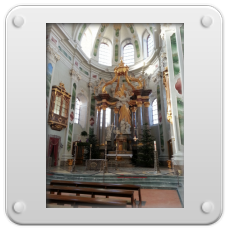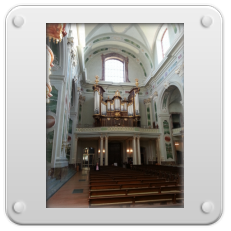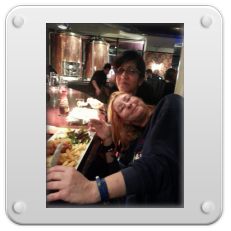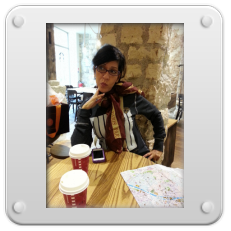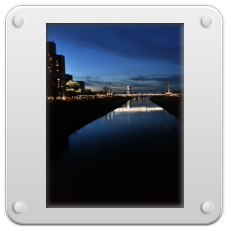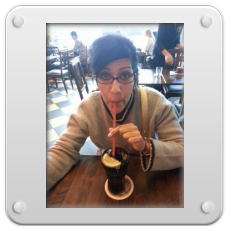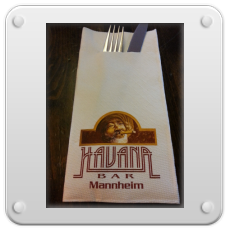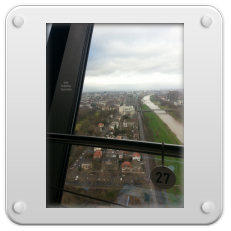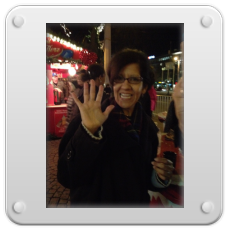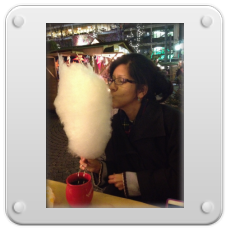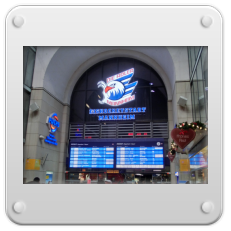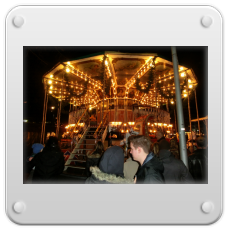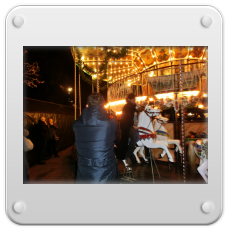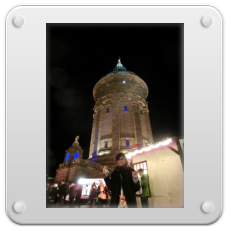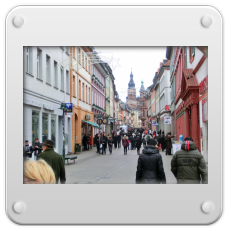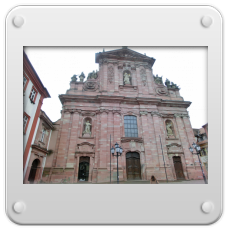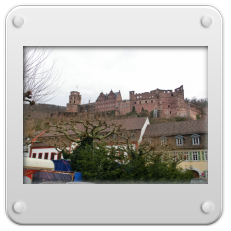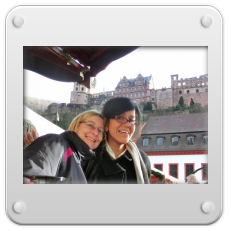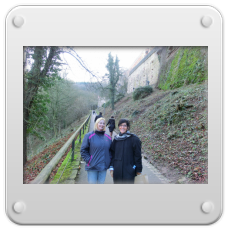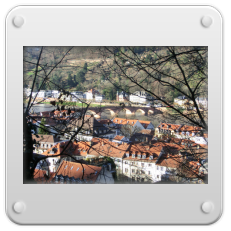Mannheim / Heidelberg - German-Rican-Mafia
Hauptmenü:
- Start
- France
- Germany
- USA
- Doggies
Mannheim / Heidelberg
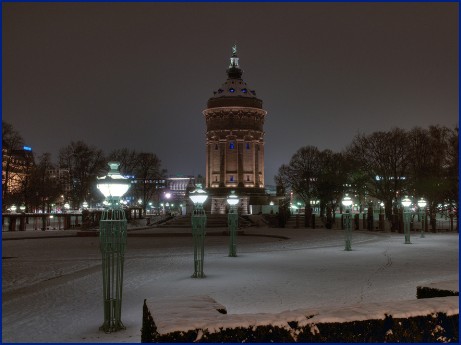
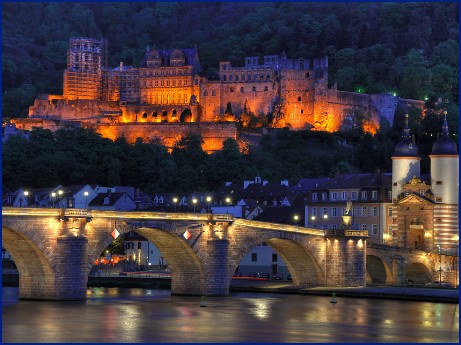
Mannheim is a city in southwestern Germany. With approximately 295,000 inhabitants, it is the third-
Mannheim is located at the confluence of the Rhine and the Neckar in the northwestern corner of Baden-
Mannheim is unusual among German cities in that its streets and avenues are laid out in a grid pattern, leading to its nickname "die Quadratestadt" ("city of the squares"). The eighteenth century Mannheim Palace, former home of the Prince-
The civic symbol of Mannheim is der Wasserturm, a water tower just east of the city centre.
Some important inventions were made in Mannheim:
Karl Drais built the first two-
Karl Benz drove the first automobile on the streets of Mannheim in 1886. At his workshop in Mannheim he produced a lightweight three-
The Lanz Bulldog, a popular tractor with a rugged, simple Diesel engine was introduced in 1921.
Karl Benz developed the world's first compact diesel-
Julius Hatry built the world's first rocket plane in 1929.
Famous people from Mannheim:
1762: Constanze Mozart, wife of Wolfgang Amadeus Mozart (1756–1791)
1821: Friedrich Engelhorn, founder of BASF
1856: Henry Morgenthau, Sr., United States politician and manager
1887: Emmy Wehlen, musical comedy actress and silent screen star
1897: Sepp Herberger, coach of the German national soccer team 1936–1964 ("The Miracle of Bern", world champion with his team in 1954)
1905: Albert Speer, Nazi architect, Minister for Armaments and Munitions during World War II
1939: Christiane Schmidtmer, Hollywood actress
1946: Fred Breinersdorfer, writer
1960: Norbert Schwefel, musician
1962: Uwe Rahn, football player
1969: Steffi Graf, tennis player
1971: Xavier Naidoo, pop singer
1972: Christian Wörns, football player for Borussia Dortmund and formerly Germany
1976: Bülent Ceylan, German-
1977: Jochen Hecht, Buffalo Sabres National Hockey League
Heidelberg is a city in south-
A former residence of the Electorate of the Palatinate, Heidelberg is the location of Heidelberg University, well known far beyond Germany's borders. Heidelberg is a popular tourist destination due to its romantic and picturesque cityscape, including Heidelberg Castle and the baroque style Old Town.
Heidelberg Castle:
The castle is a mix of styles from Gothic to Renaissance. Prince Elector Ruprecht III (1398–1410) erected the first building in the inner courtyard as a royal residence. The building was divided into a ground floor made of stone and framework upper levels. Another royal building is located opposite the Ruprecht Building: the Fountain Hall. Prince Elector Philipp (1476–1508) is said to have arranged the transfer of the hall's columns from a decayed palace of Charlemagne from Ingelheim to Heidelberg.
In the 16th and 17th centuries, the Prince Electors added two palace buildings and turned the fortress into a castle. The two dominant buildings at the eastern and northern side of the courtyard were erected during the rule of Ottheinrich (1556–1559) and Friedrich IV (1583–1610). Under Friedrich V (1613–1619), the main building of the west side was erected, the so-
The castle and its garden were destroyed several times during the Thirty Years' War and the Palatine War of Succession. As Prince Elector Karl Theodor tried to restore the castle, lightning struck in 1764, and ended all attempts at rebuilding. Later on, the castle was misused as a quarry; castle stones were taken to build new houses in Heidelberg. This was stopped in 1800 by Count Charles de Graimberg, who then began the preservation of the Heidelberg Castle.
Although the interior is in Gothic style, the King's Hall was not built until 1934. Today, the hall is used for festivities, e.g. dinner banquets, balls and theatre performances. During the Heidelberg Castle Festival in the summer, the courtyard is the site of open air musicals, operas, theatre performances, and classical concerts performed by the Heidelberg Philharmonics.
Notable inhabitants:
José Rizal (1861–1896), National Hero of the Philippines
Petar Beron (1799–1871), Bulgarian educator
Vasil Radoslavov (1854–1929), Bulgarian Prime Minister
Heinrich Neal (1870–1940), composer, directed the Heidelberg Conservatory of Music.
Muhammad Iqbal (1877–1938), Indian Poet, Philosopher
Hans-
Albert Speer (1905–1981), German architect and Third Reich minister
Ananda Mahidol (1925–1946), King of Thailand
Klaus Schütz (*1926), politician
Harald zur Hausen (*1936), virologist, Nobel Laureate
Christiane Schmidtmer (1939–2003), Hollywood actress and model
Dietmar Hopp (*1940), software entrepreneur
Paul Kirchhof (*1943), former Judge in the Federal Constitutional Court of Germany (Bundesverfassungsgericht)
Silvia Renate Sommerlath (*1943), Queen of Sweden
Karl A. Lamers (*1951), politician, former President of the NATO Parliamentary Assembly
Antje Duvekot (*1976), singer-
Michael Fassbender (*1977), German-
Ian Harding (*1986), actor
Marius Yo (*2000), German-
Notable people who died in Heidelberg:
Robert Bunsen (August 16, 1899), chemist
Felix Heinrich Wankel (October 9, 1988), mechanical engineer and inventor
Walther Dahl, Luftwaffe ace
George S. Patton (December 21, 1945), US Army general
Alexandru Ioan Cuza (3 May 1873), Prince of Moldavia, Prince of Wallachia and later domnitor (ruler) of the Romanian Principalities
Konstantin Hierl, leader of the Reichsarbeitsdienst (24 February 1875 – 23 September 1955)
